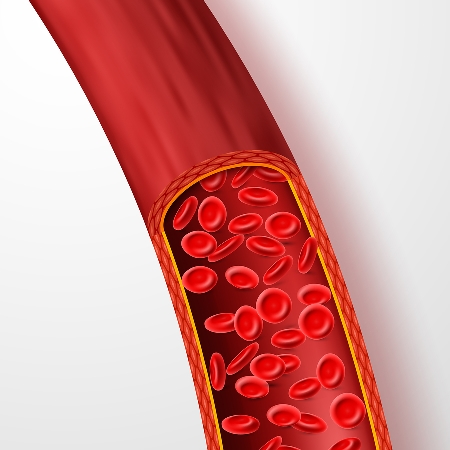Bloodborne pathogens can be transmitted to anybody and have deadly consequences. What is a bloodborne pathogen? It is something that can cause disease and this pathogen lives in the blood of somebody that has been infected. There are many experts in healthcare that understand how bloodborne pathogens work and how they are transmitted from person to person. We are going to go over a few ways to keep workers safe from these pathogens.
Bloodborne pathogens are a hazard in the workplace for workers who encounter them. Common bloodborne pathogens include Hepatitis B, Hepatitis C, and HIV. They are spread through direct and indirect contact with a bodily fluid. Direct contact is when a person physically touches another person and encounters a bodily fluid. Another form of direct contact is sharing hypodermic needles. Indirect contact would be touching a doorknob that somebody else has touched or flipping on a light switch that somebody else has used. What can happen is an infected person could unintentionally leave a bodily fluid on anything from a doorknob to a light switch. We can avoid this by washing our hands throughout the day even if gloves are being worn. Washing your hands is still a good course for prevention.
Other forms of bloodborne pathogen transmission are droplet transmission. This occurs when droplets of bodily fluid of an infected person are inhaled by another person. These droplets can come from a sneeze or a cough that become airborne. Vector-borne transmission occurs when a person’s skin is penetrated by a bite, sting, or a laceration from something in the environment. This opens the skin and allows the disease to be spread.
Bloodborne pathogens can infect anybody through multiple ways. However, through engineering controls, good protocols, and education, we can avoid the spread of these diseases. We can do this by wearing our PPE, washing our hands thoroughly, cleaning up spills immediately and effectively, and disposing soiled clothing in proper containers. These few things can keep us safe in the workplace. Can anyone contribute a time that bloodborne pathogens were involved in your work? Can anyone recall a near miss or accident that could’ve been prevented?
Click here to download our free safety meeting on Bloodborne Pathogens.
Click here to learn more about our Bloodborne Pathogens Training Courses.
